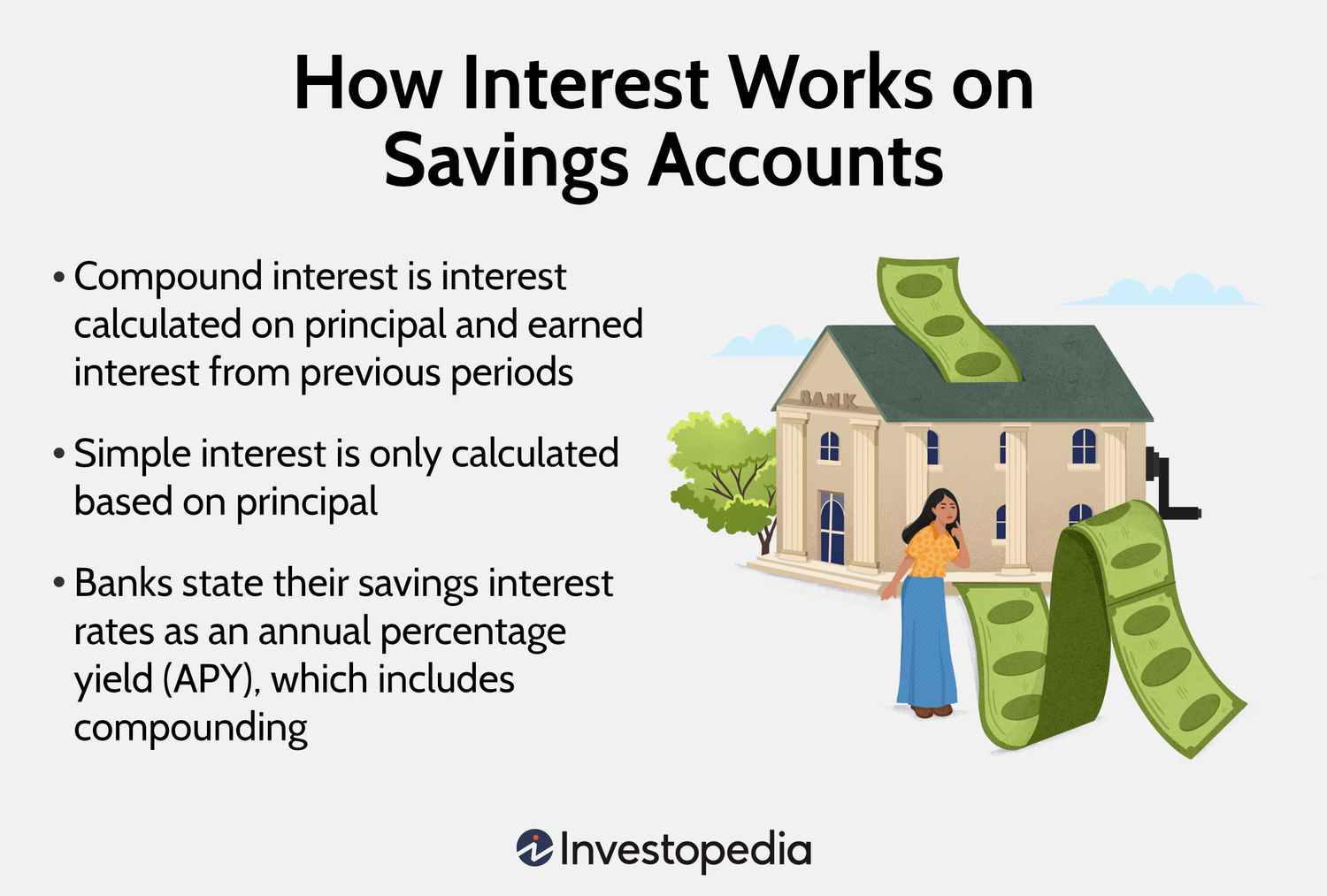
The Future of Savings: Anticipating Changes in Rates
As we navigate the financial landscape of 2023, many are keenly aware of the shifting tides regarding interest rates. After a year of stabilization, the Federal Reserve appears to be on the precipice of making significant cuts, impacting various aspects of personal finance, notably savings accounts and Certificates of Deposit (CDs).
 Anticipating changes in savings rates can help you prepare better.
Anticipating changes in savings rates can help you prepare better.
Context: The Fed’s Role in Interest Rates
For much of the previous year, the Federal Reserve maintained a steady course, with the aim of controlling inflation that had reached alarming heights. As we look forward, it seems inflation has begun to recede, prompting discussions around potential rate cuts as early as September 18, 2023. This is promising news for those seeking to build their savings and maximize returns, particularly with the fall of traditional savings interest rates. Learn more about how the Fed’s adjustments affect everyday savers.
Historical Trends: When to Expect Changes
To fully understand the implications of anticipated rate cuts, it’s crucial to look at historical trends. In recent times, CD rates soared to unprecedented highs, marking a 20-year peak last fall. Similarly, savings accounts benefited from a competitive climate that saw rates climb to new heights during the spring and summer months. However, with the Fed’s recent signals, it’s likely that CD rates may begin to fall even before any official rate cuts are announced. This could mean a race against time for savers who want to lock in higher rates.
Implications for Savers
In light of these shifts, one pressing question emerges: how should consumers adjust their strategies? If you’re reliant on saving for significant future purchases or simply aiming to enhance your financial security, here are some strategies to keep in mind:
- Evaluate Current Accounts: Assess whether your current savings accounts or CDs are still competitive compared to alternatives in the market. Websites like Investopedia provide updated rankings of the best high-yield savings accounts.
- Consider Locking in Higher Rates: If you have the means, consider locking in higher rates on CDs before any cuts occur. Timing can be everything, and savvy savers will act fast.
- Stay Informed: Keep an eye on broader economic indicators and updates from the Federal Reserve. Understanding the macroeconomic landscape can better equip you to make educated financial decisions.
 Interest rates are on the cusp of change, and it’s critical to stay informed.
Interest rates are on the cusp of change, and it’s critical to stay informed.
Looking Ahead: A Strategic Approach
As we anticipate the Federal Reserve’s next moves, it’s beneficial to formulate a strategic approach to your finances. With rates expected to decline, maintaining flexibility in your savings strategy can be invaluable. Listening to experts and staying updated with news, such as on platforms like Investopedia, can provide further insights.
A notable aspect of these changes is how they will influence various age groups and their respective saving strategies. Younger individuals may take more risks when it comes to investing, often looking for high-yield savings or alternative investments. In contrast, those nearing retirement may prioritize stability and security. Balancing these perspectives is crucial in a rapidly evolving financial environment.
The Broader Economic Picture
The reality is that the Fed’s decisions don’t just impact individual savers; they resonate through the entire economy. A cautious approach to rate changes can foster consumer confidence while promoting spending. As inflation eases and rates drop, there could be room for growth in other areas of the economy, such as housing and consumer goods, as lower borrowing costs may lead to increased purchasing power.
 Understanding the broader economic context helps individuals position themselves better for upcoming changes.
Understanding the broader economic context helps individuals position themselves better for upcoming changes.
Conclusion: Prepare for Change
In conclusion, while the potential for rate cuts looms on the horizon, it is paramount for consumers to be proactive in their financial planning. Whether it’s adjusting current savings strategies, considering the best CD rates available, or simply staying informed about Federal Reserve updates, each step taken today can pay dividends tomorrow. As always, the landscape of personal finance is ever-changing, and a little foresight can go a long way in achieving financial freedom.
Embrace the opportunities that come with these shifts, and remember, securing your financial future involves making informed choices and adapting to changes as they unfold. For detailed insights, refer to sources such as Investopedia to help navigate this complex terrain.







